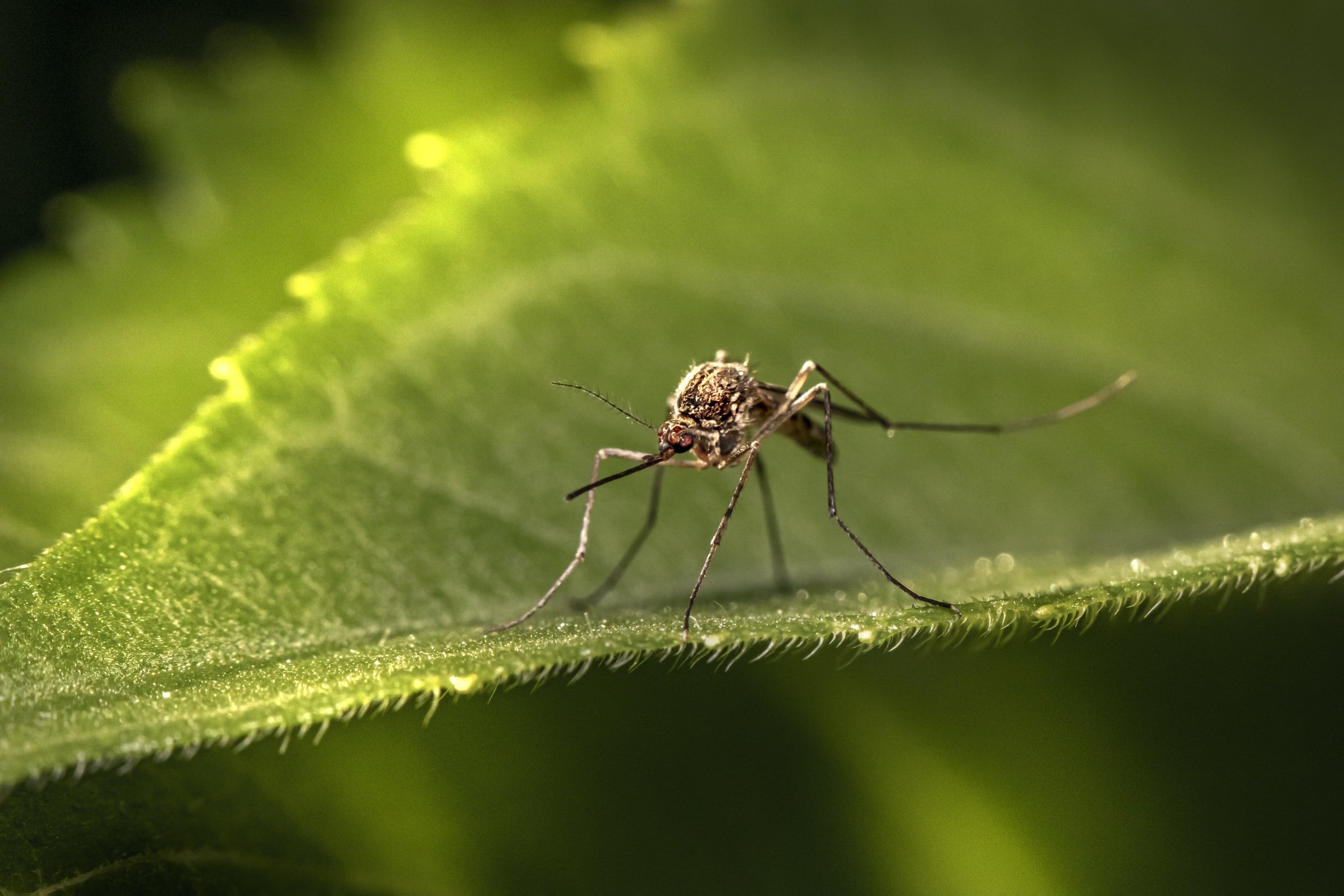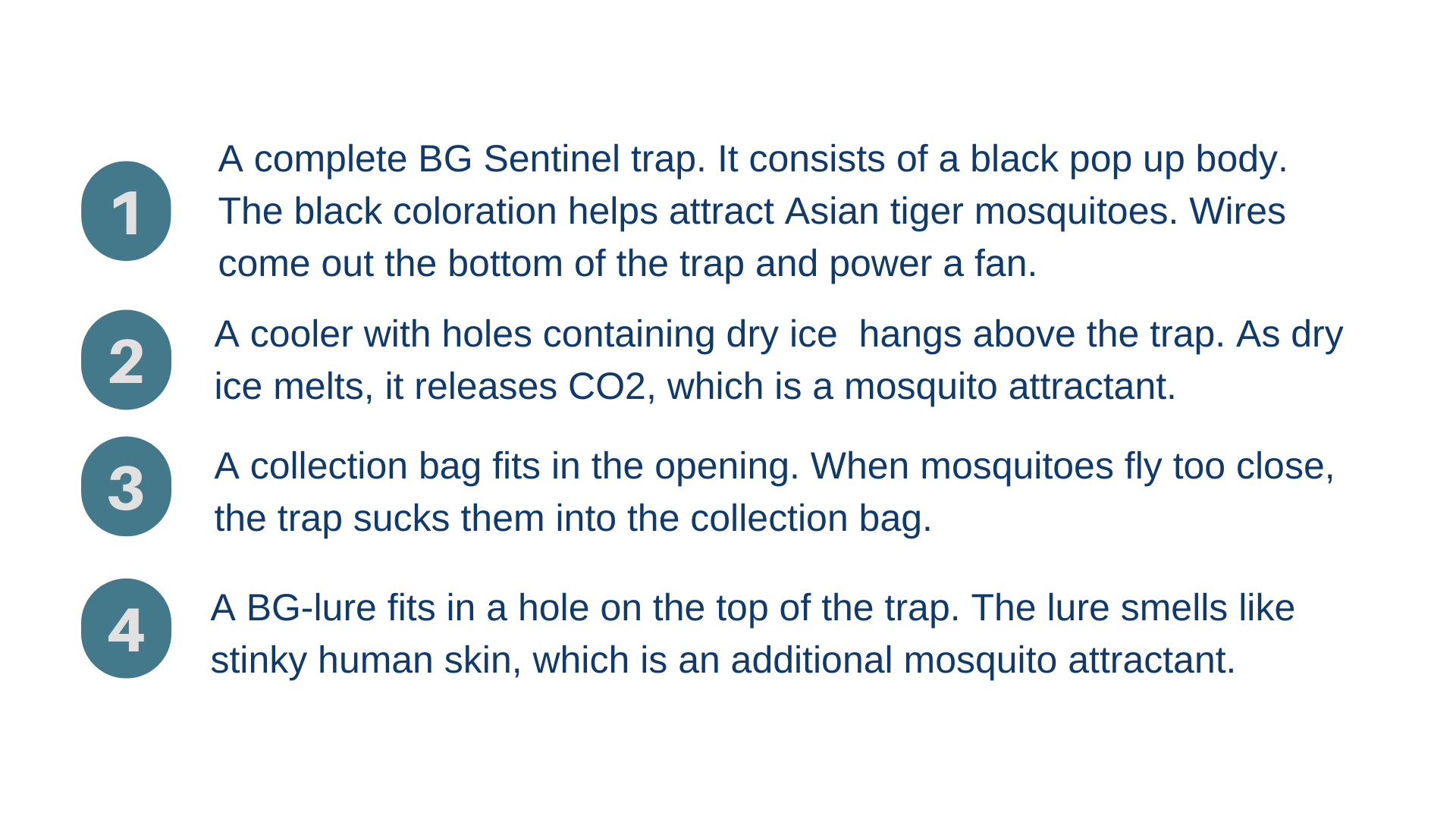
Mosquito-borne Disease Control Program
MOSQUITO SURVEILLANCE
Surveillance is the cornerstone of LCCD’s mosquito-borne disease control program. Surveillance is the process of determining the presence, abundance, and distribution of mosquitoes within a geographic area. It allows us to monitor changes in mosquito populations, detect the presence and prevalence of potentially infectious mosquitoes, and establish a scientific basis for control activities. Mosquito surveillance depends on a variety of techniques and traps that are used to collect immature and adult mosquitoes. Click the arrows below to learn more about the different surveillance techniques that our program uses.
Types of Mosquito Traps
-
Traps that collect adult mosquitoes provide information about immediate public health risks. Additionally, control decisions can be made based on adult abundance and infection rates.
Gravid traps are the primary West Nile virus (WNV) surveillance tool. They attract pregnant (also called gravid) mosquitoes with black container filled with a stinky water. The stinky smell from the bacteria in the water specifically attracts Culex mosquitoes, the primary vectors of WNV. As the female mosquitoes fly towards the water, a fan sucks them into a collection chamber.
-
The BG-Sentinel traps are designed specifically to collect mosquitoes that prefer human blood meals like the invasive Asian tiger mosquito (Aedes albopictus). To attract mosquitoes, it uses a BG-lure, which releases ammonia, lactic acid, and other substances that are found on human skin. Also, a cooler containing dry ice is set above the trap to slowly release carbon dioxide (an additional attractant). As mosquitoes approach the trap, they are sucked into the collection chamber by a fan.
-
Immature mosquitoes (larvae and pupae) are sampled using a standard dipper. Dippers are white cups attached to wooden or metal poles. Collected larvae and pupae can be counted to create a standardized statistic: the number of immature mosquitoes per dip. These statistics can be used to justify control activities and evaluate control efficacy. Also, collected larvae can be identified to species to determine if the species present are a public health threat.
-
Landing rates are useful when we want to quickly identify what mosquitoes are attacking humans and when resources are minimal. The collector stands and allows mosquitoes to land on them. Each mosquito is collected and counted. The landing rate is calculated as the average number of mosquitoes collected per unit of time (example: 10 mosquitoes in 2 minutes).







